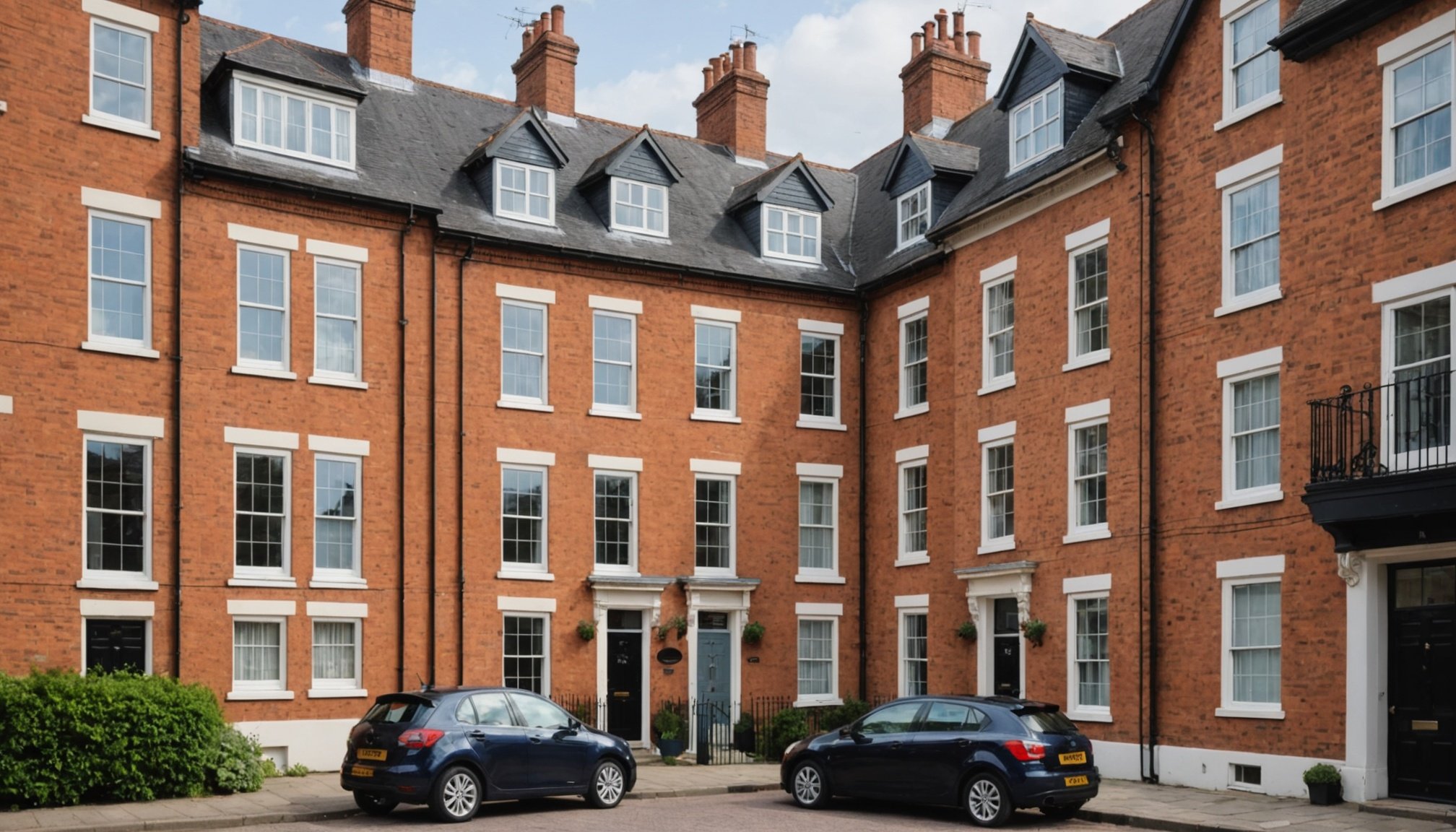Amidst the evolving landscape of property management, the need for effective maintenance strategies has never been more apparent. Costs associated with property upkeep can significantly impact the bottom line, hence understanding how to mitigate these expenses is paramount. For property owners across the UK, striking a balance between ensuring tenant satisfaction and preserving business profitability is crucial. This article explores strategic approaches to manage and reduce maintenance costs, ensuring your rental enterprise remains both sustainable and competitive.
Understanding the Core Responsibilities of Property Managers
Navigating the realm of property management involves an array of responsibilities, from overseeing repairs to ensuring compliance with local regulations. Property managers play a pivotal role in maintaining the integrity of a building and safeguarding the interests of both the owners and the tenants.
Also to read : How can property investors diversify their portfolios to mitigate risks in the UK market?
Key Tasks of Property Managers
At the heart of property management lies a commitment to systematic upkeep. This involves:
- Routine Inspections: Regular inspections help spot potential issues early, preventing minor problems from escalating into costly repairs. Property managers coordinate these inspections, examining everything from the building’s structural integrity to the functionality of its systems.
- Energy Efficiency Initiatives: With rising energy costs, implementing energy-efficient solutions is not just eco-friendly but also cost-effective. Managers can oversee the installation of LED lighting, proper insulation, and energy-efficient appliances.
- Tenant Communication: Establishing open lines of communication with tenants ensures that any issues are promptly reported and addressed, reducing the likelihood of neglected repairs.
Emphasizing Compliance
Adhering to compliance regulations is non-negotiable. Property owners must be well-versed in the latest legal requirements, from fire safety to health standards, to avoid fines and legal repercussions. Effective managers keep abreast of these changes, ensuring that properties not only meet but exceed compliance standards.
In the same genre : How can real estate agents provide better services to clients in the UK property market?
Proactive Maintenance Strategies to Mitigate Costs
Proactive maintenance is a cornerstone of cost-effective property management. Through strategic planning and timely repairs, property owners can significantly reduce unexpected expenditures.
Preventive Maintenance
Preventive approaches involve regular check-ups and maintenance services before problems arise. This can include tasks such as:
- Regular HVAC Servicing: Ensuring heating and cooling systems are periodically inspected and maintained to prevent breakdowns during peak usage times.
- Building Inspections: Comprehensive inspections of structural elements to identify signs of wear or damage early.
- Plumbing Checks: Regularly checking plumbing systems can prevent leaks and water damage, which are often costly to repair.
Utilizing Technology
Leveraging technology can streamline maintenance processes, allowing for more efficient management:
- Maintenance Management Software: Such systems help track maintenance schedules, manage work orders, and prioritize urgent tasks.
- Automated Reminders: Set up automated reminders for critical maintenance activities, ensuring nothing slips through the cracks.
Budget Allocation
Having a predefined budget for anticipated maintenance and repairs can cushion the financial impact. Allocate funds wisely, focusing on high-priority areas first and foreseeing potential costs associated with aging infrastructure or high-use facilities.
Cost-saving Opportunities and Insurance Considerations
Exploring cost-saving opportunities while ensuring adequate insurance coverage is crucial in managing property maintenance expenses.
Insurance as a Safety Net
Insurance is a vital safety net in property management, offering protection against unforeseen events that can incur substantial costs. Property owners should:
- Evaluate Coverage Needs: Regularly assess insurance policies to ensure they align with current property conditions and potential risks.
- Understand Policy Details: Be aware of what is covered under your policy, including natural disasters, tenant-related damage, and structural issues.
Energy Efficiency Upgrades
Investing in energy efficiency is a long-term cost-saving strategy:
- Retrofitting Buildings: Consider upgrading older properties with energy-efficient windows, roofing, and insulation.
- Implementing Smart Systems: Install smart thermostats and lighting systems to reduce energy consumption and lower utility bills.
Partnering with Reliable Contractors
Building relationships with trustworthy contractors can lead to reduced costs and high-quality service:
- Negotiating Service Contracts: Establish fixed-rate agreements for regular maintenance tasks to avoid price fluctuations.
- Quality Assurance: Ensure contractors adhere to high standards, reducing the likelihood of recurrent issues.
Tenant Relationships and Their Impact on Maintenance Costs
The relationship between property owners and their tenants is a significant factor in managing maintenance costs effectively.
Encouraging Tenant Responsibility
Cultivating a sense of responsibility among tenants can lead to fewer maintenance issues:
- Clear Communication: Set expectations from the start, outlining tenant responsibilities in the lease agreement.
- Prompt Reporting: Encourage tenants to report maintenance issues promptly, preventing minor problems from becoming major repairs.
Educative Initiatives
Educating tenants about proper property use can enhance this relationship:
- Guidance on Energy Use: Provide tips on efficient energy use within the property, contributing to lower energy bills and environmental benefits.
- Maintenance Tips: Offer guides on simple, routine tasks tenants can handle, such as changing light bulbs or unclogging drains.
Feedback and Improvements
Actively seeking tenant feedback can lead to improvements in property management:
- Tenant Surveys: Regular surveys can provide insights into tenant satisfaction and areas needing attention.
-
Responsive Management: Demonstrating a commitment to tenant needs can foster a positive relationship, leading to longer tenancies and reduced vacancy rates.
In the dynamic world of property management, effectively managing and mitigating maintenance costs is a multifaceted endeavor. By understanding core responsibilities, employing proactive strategies, leveraging insurance, and fostering positive tenant relationships, property owners in the UK can not only maintain but enhance the value of their properties. Striking this balance ensures a sustainable and profitable rental business, safeguarding investments while delivering exceptional living spaces to tenants. As we navigate the complexities of modern property management, remaining adaptable and informed is key to thriving in this competitive landscape.











